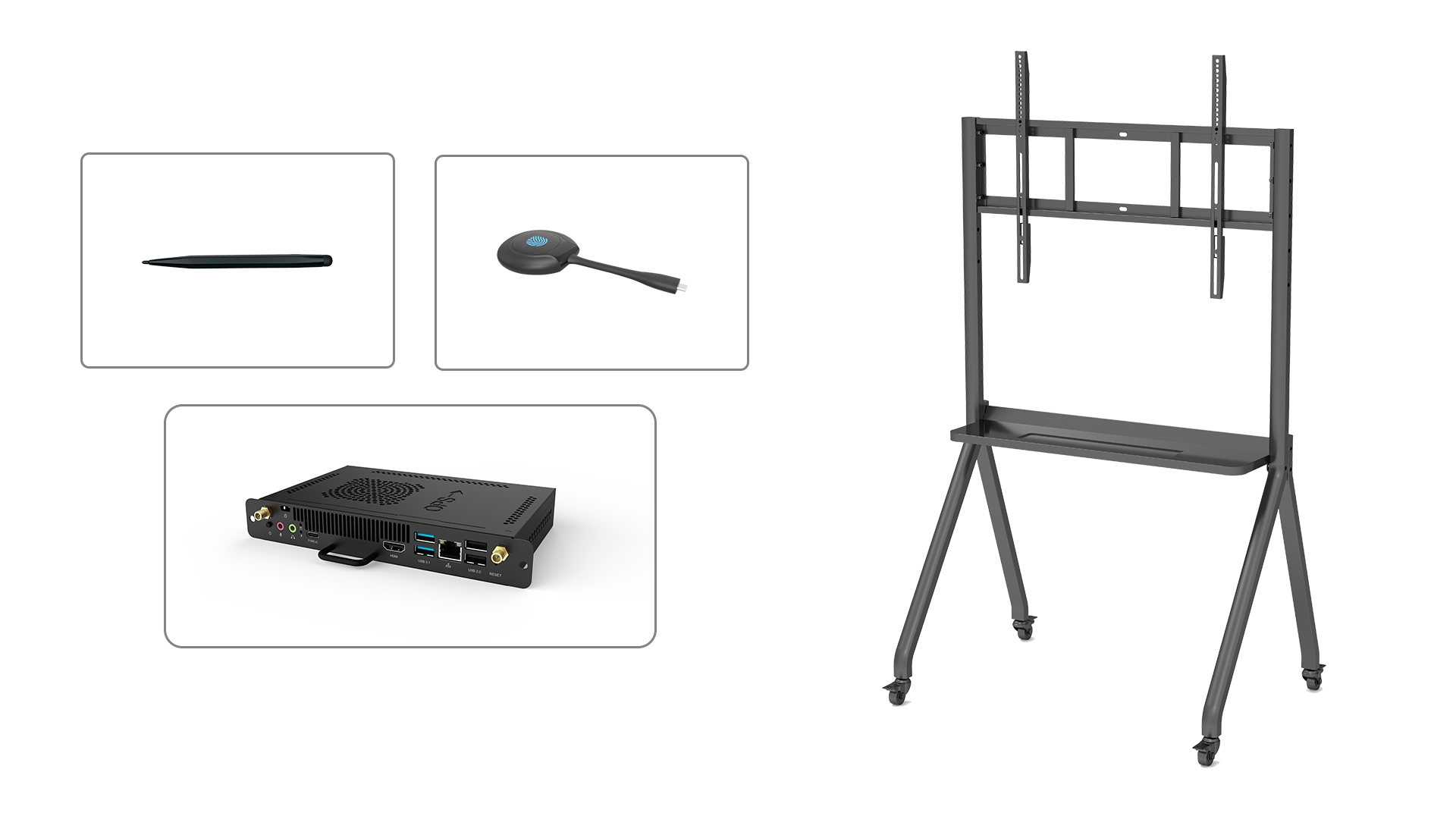Using Smartboards to Teach 3D Shapes
If you're looking for a way to make 3D shapes more engaging and interactive for your students, using a Smartboard might just be the answer. This technology is great for creating dynamic and immersive learning experiences, making it perfect for teaching something as complex as three-dimensional shapes.
What Are 3D Shapes?
Before we dive into how to use a Smartboard to teach 3D shapes, let's first define what we mean by this term. 3D shapes are objects that have three dimensions - length, width, and height. Examples of 3D shapes include spheres, cubes, pyramids, and cones.
Benefits of Using a Smartboard
Smartboards offer a number of benefits for teachers looking to make 3D shapes more interactive for their students. For one, they allow for greater visual and tactile engagement. Students can use touch screens to manipulate and analyze shapes in a way that wouldn't be possible with traditional teaching methods. Additionally, Smartboards can help keep students engaged and focused during lessons.
Teaching 3D Shapes with Smartboard Software
One of the best ways to use a Smartboard to teach 3D shapes is with the help of specialized software. There are a number of options on the market, many of which include interactive games and activities designed to make learning more engaging and fun. Some popular options include Shape Builder, Geoboard, and Math Learning Center's Shape Mods.
Creating Your Own 3D Shape Lessons
If you operate on a limited budget or simply prefer to create your own teaching content, you can also use the Smartboard software to design your own 3D shape lessons. This can be done through a variety of applications, ranging from basic drawing software to more specialized 3D modeling tools.
Emphasizing the Real World Applications of 3D Shapes
When teaching 3D shapes with a Smartboard, it's a good idea to emphasize the real world applications of these concepts. For example, you might show how the shape of a particular object (like a toy) can affect its performance or function. This can help students better understand why learning about 3D shapes is important and relevant to their daily lives.
Creating Collaborative Activities Using Smartboard Technology
Collaboration is another key benefit of using Smartboard technology in the classroom. Teachers can encourage students to work together on group projects, solving problems and analyzing shapes in real time. By using the technology to connect groups of students or even multiple classrooms, teachers can foster a more collaborative and engaging learning environment.
Challenges to Consider
While Smartboards offer many advantages, there are also some challenges to consider when using them to teach 3D shapes. For one, they require a certain amount of technical savvy on the part of the instructor. Additionally, Smartboards can be expensive or difficult to access in some classrooms, making it difficult for all students to have the same learning experience.
Best Practices for Using Smartboards to Teach 3D Shapes
If you're looking to implement the use of Smartboards in your 3D shape lessons, there are a few key best practices to consider. These include providing ample training and support to ensure all instructors are fully comfortable with the technology, emphasizing collaboration and real-world applications, and designing custom content that is visually engaging and interactive.
Start Using Smartboards to Teach 3D Shapes Today
In conclusion, Smartboards are a fantastic tool for teaching 3D shapes in an engaging and interactive way. By using specialized software, designing your own lessons, emphasizing real world applications, and fostering collaboration, you can make these concepts more fun and accessible for all students.






